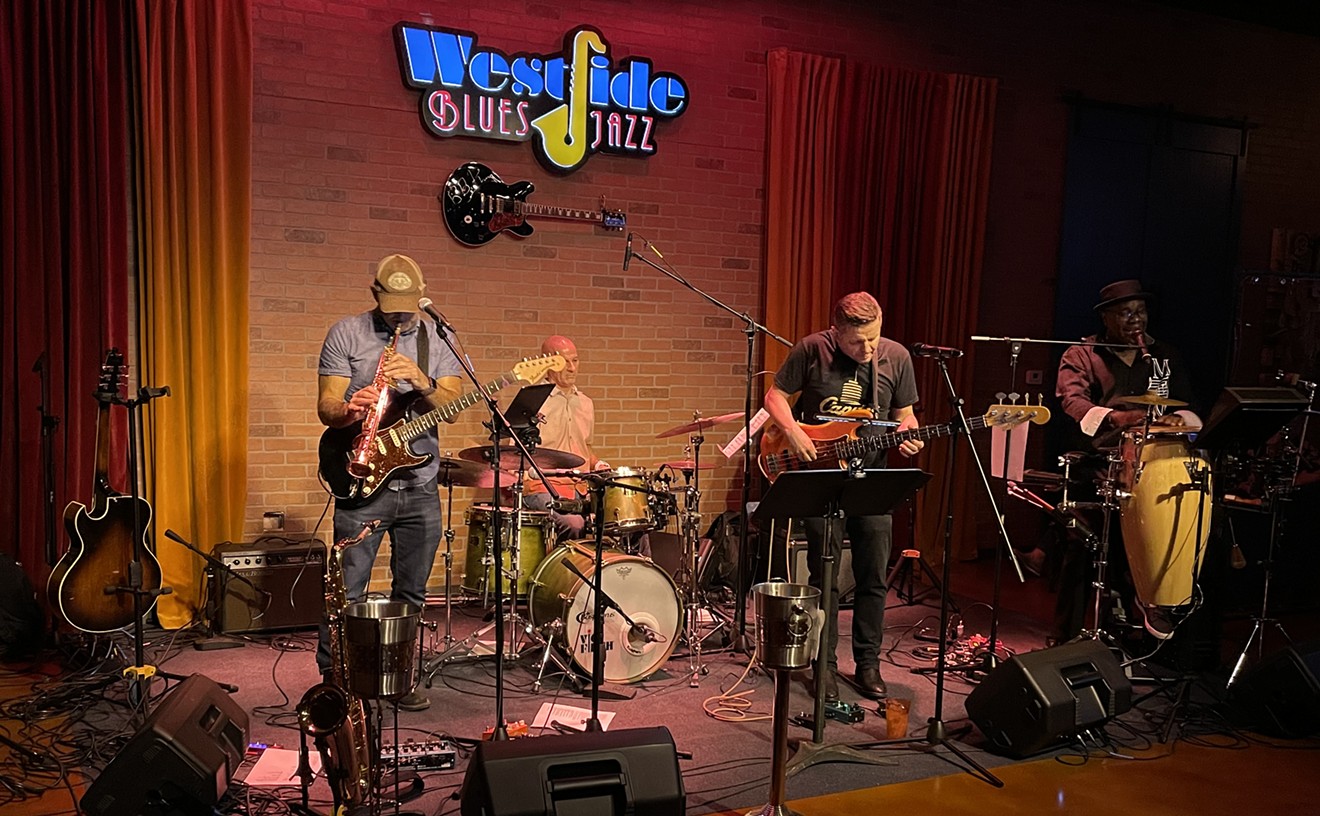In honor of the re-release of Shakur's R U Still Down?, we present a list of ten other great records released after the artists' deaths.
Klaus Nomi, Za Bakdaz: German countertenor Nomi influenced a wide range of artists with his bizarre outfits and otherworldly stage personas (hello, David Bowie). He died of AIDS in 1983, while working on a New Wave opera. Nomi had recorded some sparse vocal tracks starting in 1979, but the album was reportedly nowhere near finished when he died. Between 1984 and 2006, studio engineers Page Wood and George Elliott finished fleshing out the tracks. The result is Za Bakdaz, an enchanting album that sounds unlike any other Nomi release.
Joy Division, Closer: Joy Division already had a couple hits from their 1979 debut, Unknown Pleasures ("She's Lost Control" and "Shadowplay") and had finished Closer when singer Ian Curtis committed suicide in 1980. His death bumped the album release date up by two months. This album is much more lush instrumentally than Joy Division's previous releases, but still oozes darkness and despair.
John Lennon and Yoko Ono, Milk and Honey: Released four years after Lennon's murder in 1980, Milk and Honey consists of songs recorded in the last months of Lennon's life. Ono recorded new material for the release, but thankfully, left much of Lennon's work unchanged, including the hit singles "Nobody Told Me," "I'm Stepping Out," and "Borrowed Time."
Janis Joplin, Pearl: Released in January, 1971 (three months after Joplin's fatal heroin overdose), Pearl contains the most polished sound of any Joplin albums (solo or with Big Brother & the Holding Company). She died while still working on the album, but thankfully, she'd already recorded the vocals for her biggest hits, the Kris Kristofferson-penned "Me and Bobby McGee" and the a capella "Mercedes Benz."
Marvin Gaye, Vulnerable: Gaye had finished this album in 1979, five years before he was fatally shot and killed by his father in 1984. But despite allegedly telling author David Ritz he felt this album was "the best stuff I ever did," Gaye decided to shelve the album (full of soulful ballads like "Why Did I Choose You?" and "I Wish I Didn't Love You So") and work on a disco record instead (1980's In Our Lifetime). Thankfully, Motown Records pulled Vulnerable off the shelf and released it in 1997.
Mother Love Bone, Apple: After singer Andrew Wood's fatal heroin overdose in 1990, members of Mother Love Bone would go on to form another band called Pearl Jam. But first, they released a phenomenal record called Apple, the predecessor to every successful grunge album to ever come out of Seattle. Pearl Jam's a great band, but it's hard not to drift into what if? territory listening to MLB tracks like "Stardog Champion" and "Crown of Thorns."
John Coltrane and Alice Coltrane, Cosmic Music: Okay, so John Coltrane only plays on two tracks here, "Manifestation" and "Reverend King." Released in 1968 (a year after John Coltrane's death), Cosmic Music features more of Alice Coltrane's piano playing than John's saxophone, but the bottom line is that this is the last gasp of material recorded in John Coltrane's life.
Danger Mouse and Sparklehorse, Dark Night of the Soul: When Sparklehorse front man Mark Linkous committed suicide in March of 2010, Dark Night of the Soul had already been released online the previous May. Legal wrangling delayed the official release until several months after Linkhous' death, so the album serves as a final, shining moment in Linkous' creative output. In addition to combining his talents with Danger Mouse and film maker David Lynch, Dark Night includes collaborations with Iggy Pop, The Flaming Lips, and Vic Chesnutt (who committed suicide a few months prior to Linkous).
Queen, Made in Heaven: This was Queen's last studio album to feature the vocals of Freddie Mercury, who died of AIDS in 1991. After his death, the remaining members of Queen fleshed out the vocal and piano parts Mercury had recorded, added new lyrics, and turned the pieces into Queen songs (this was reportedly at the request of Mercury). It worked out well enough -- the album debuted at #1 in the U.K. and has reportedly sold more than 20 million copies worldwide.










